Results
-
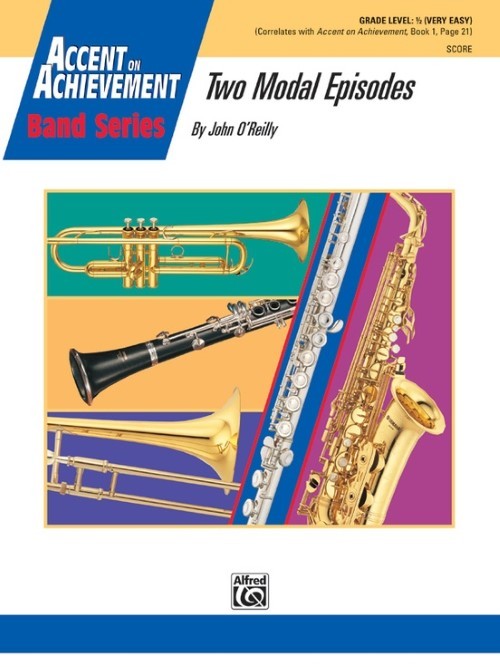 £41.50
£41.50Two Modal Episodes (Concert Band - Score and Parts) - O'Reilly, John
The first modal episode begins with a chant-like melody in G Aeolian mode (natural minor) that is reminiscent of early medieval music. The full brass section answers with simple block chords that accentuate the modal tonality. The Allegro that follows is set in B-flat Mixolydian mode (major scale with a flatted seventh). A dance-like melody dominates this episode and the percussion section is featured in a simple question-and-answer exchange.Duration: 2.30
Estimated dispatch 7-14 working days
-
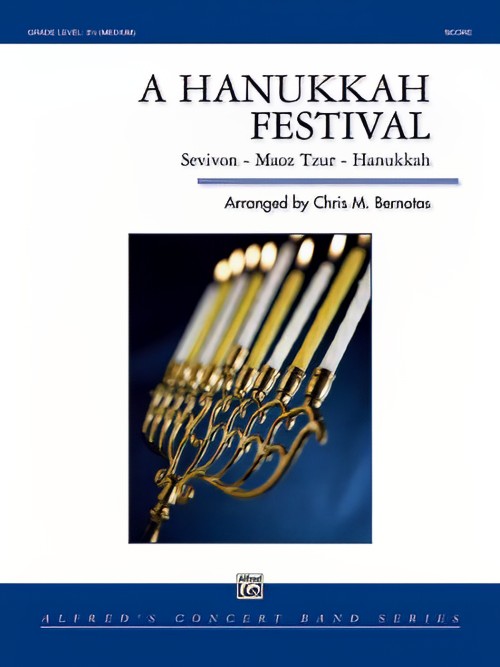 £77.50
£77.50A Hanukkah Festival (Concert Band - Score and Parts) - Bernotas, Chris M.
A Hanukkah Festival is a medley of three traditional Hanukkah songs, Sevivon, Maoz Tzur, and Hanukkah. Sevivon has a dramatic melody and is written with a variety of accompaniment leading to a brief, but impressive, clarinet cadenza that leads into Maoz Tzur. This traditional piece is scored with full, rich voicings along with the beautiful melody. "Hanukkah" is the festival of lights and the last section of the piece. It is a bright playful march with an exciting conclusion. A Hanukkah Festival is filled with memorable tunes that students and audiences will enjoy while paying homage to this important holiday.Duration: 5:15
Estimated dispatch 7-14 working days
-
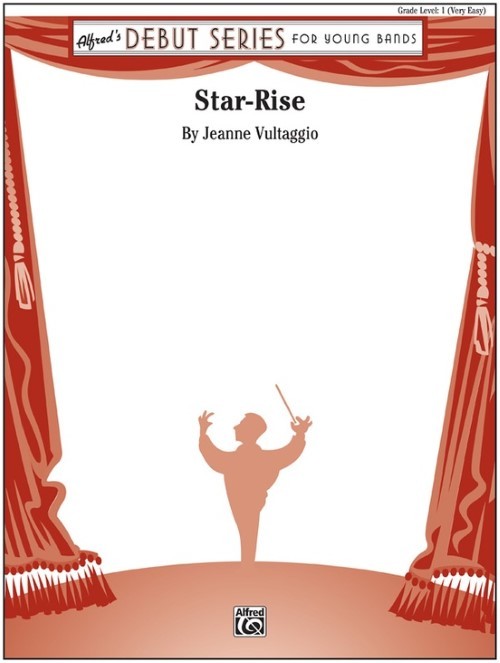 £41.50
£41.50Star-Rise (Concert Band - Score and Parts) - Vultaggio, Jeanne
Star-Rise is a programmatic work depicting the progress of the stars across the night sky. Bells set the tone with a simple three-note melody as twilight falls and the first stars appear. Percussion effects represent crickets and cicadas chirping in the background. The texture becomes more chorale-like as related but distinct themes reveal themselves, representing rising constellations. As the star themes gently roll by, the harmony grows warmer and the melody becomes more grandiose in preparation for the final star-rise: the arrival of the morning sun.Duration: 2.15
Estimated dispatch 7-14 working days
-
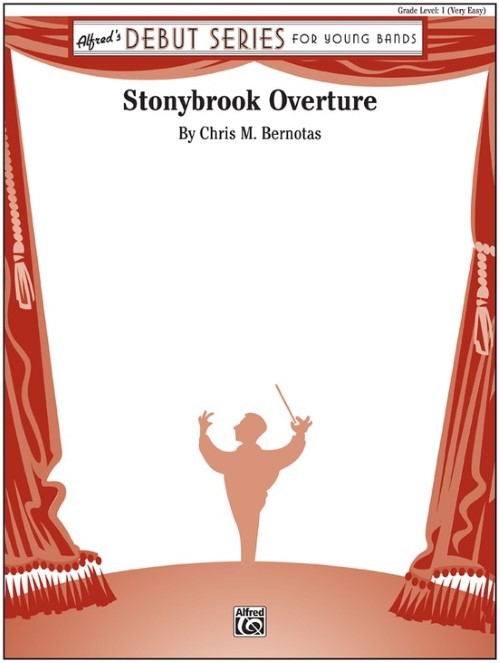 £45.95
£45.95Stonybrook Overture (Concert Band - Score and Parts) - Bernotas, Chris M.
Beginning with a majestic statement, it moves into a legato melody with a lively percussion accompaniment. The melody makes its way around the ensemble with harmonised countermelodies. The piece concludes with a restatement of the festival fanfare and a bold ending. This is a terrific vehicle for students to work on phrasing and articulation.Duration: 2.30
Estimated dispatch 7-14 working days
-
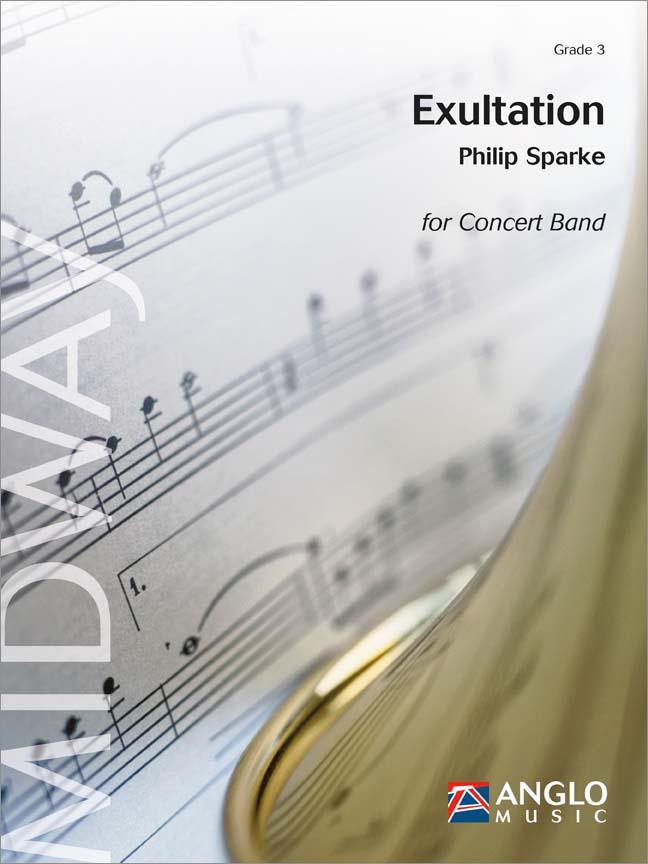 £91.99
£91.99Exultation (Concert Band - Score and Parts) - Sparke, Philip
Exultation is a short and energetic concert opener that is similar to a palindrome. A fanfare opens the work, juxtaposing 3/4 and 6/8, reminiscent of Latin-American music. The main theme is first heard on the euphonium, horns and saxophones which is very bluesy. The contrasting second theme is short and spikey and played by the bass instruments of the band. A lyric melody emerges as the rest of the orchestra joins in. The second theme reappears which leads back to the 'blues' melody, which leads back to the opening fanfare. Palindromic!Duration: 3:00
Estimated dispatch 7-14 working days
-
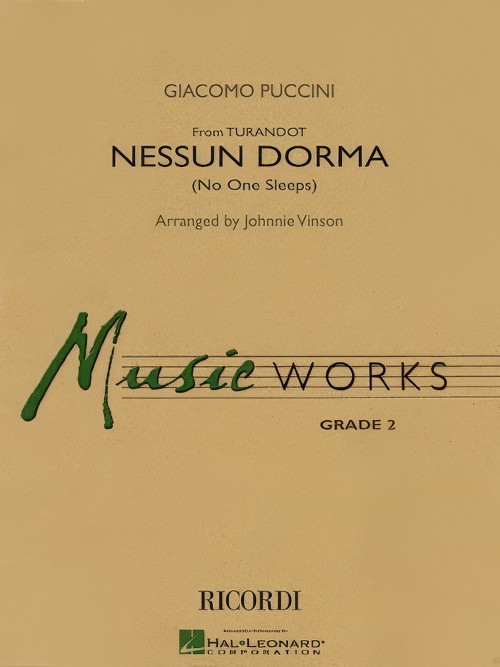 £54.99
£54.99Nessun Dorma (No One Sleeps) (Concert Band - Score and Parts) - Puccini, Giacomo - Vinson, Johnnie
There may not be a more beautiful melody in all of classic literature than this masterpiece by Puccini. This wonderful adaptation for young players gives all sections of the band a chance to play the melody at some point. What better way to teach a lyric style of playing than with this well-paced and rich-sounding arrangement. Duration: 2:30
Estimated dispatch 7-14 working days
-
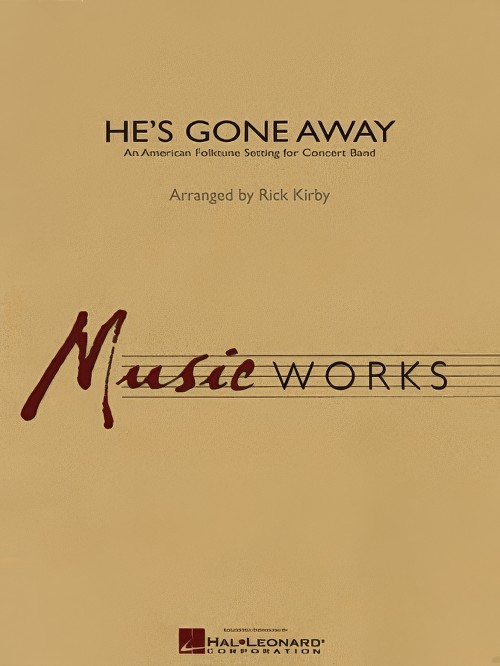 £72.99
£72.99He's Gone Away (Concert Band - Score and Parts) - Hazo, Samuel R.
One of the most distinctive characteristics of this traditional Appalachian folk song is the jazz-like use of occasional blue notes in the melody and harmony. This setting effectively explores the many instrumental colours and textures of the modern concert band, yet it maintains the simplicity and beauty of the original melody.Duration: 3:45
Estimated dispatch 7-14 working days
-
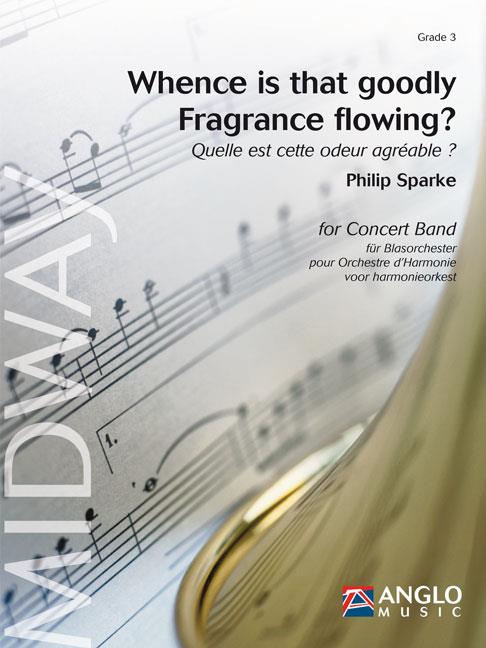 £99.99
£99.99Whence is that Goodly Fragrance Flowing? (Concert Band - Score and Parts) - Sparke, Philip
Whence is that Goodly Fragrance Flowing? is the first line of an old French Christmas song that originated in the 17th century. In 1728 John Gay used this joyous and markedly festive melody that honours Jesus Christ and His miraculous birth in his Beggar's Opera. Philip Sparke has given this melody a new lease of life with his charming and imaginative arrangement for the Christmas season.Duration: 3:45
Estimated dispatch 7-14 working days
-
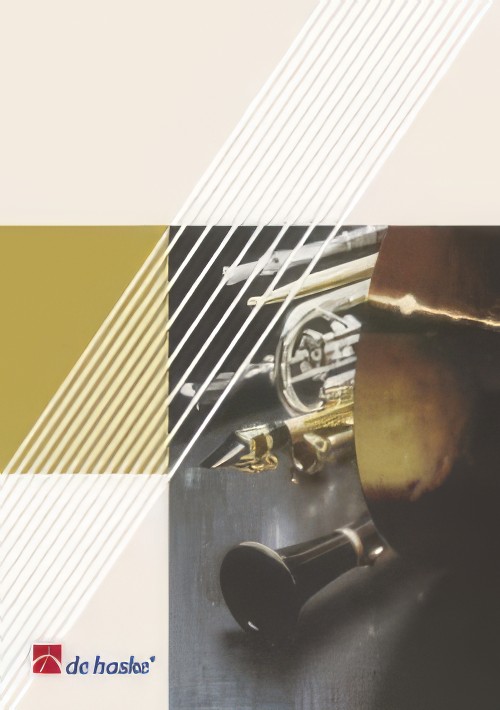 £104.99
£104.99The Third Man Theme (Concert Band - Score and Parts) - Karas, Anton - Mashima, Toshio
Anton Karas grew up in a modest household in Vienna and became a self taught zither vituoso. He wrote the legendary Harry Lime Theme for the 1949 British film noir The Third Man. The melody became so popular, many people began calling The Third Man "The Zither Movie"! Toshio Mashima carefully turns this typically Viennese melody into a creative piece for concert band.Duration: 4:30
Estimated dispatch 7-14 working days
-
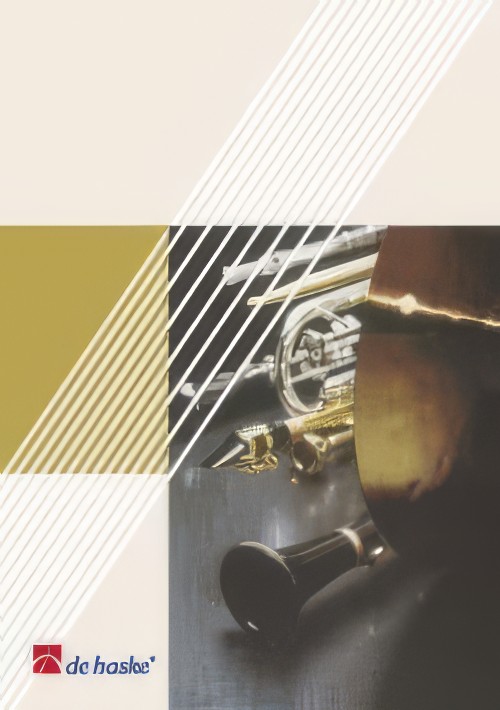 £104.99
£104.99Amazing Grace (Concert Band - Score and Parts) - Hoshide, Takashi
After he had survived a heavy sea storm, John Newton (1725-1807), captain of a slave ship, became a priest and from then on he fought for the abolition of slavery. During his tenure he wrote several hymns, of which Amazing Grace certainly is the best known. The melody assumedly derives from a song by the African slaves. Takashi Hoshide has written a compelling arrangement of this beautiful melody.Duration: 5:15
Estimated dispatch 7-14 working days
